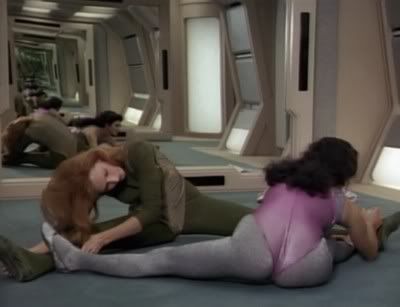
NASCAR vice president of competition Robin Pemberton said that NASCAR didn't see anything that warranted a call on the final lap.
“When you look at any of the situations and the cars make contact and bump and in that last lap there, a car will close on another car and the accordion will close up and make tight quarters all the way down through the whole row,” he said.
“Cars are moving side to side, which tells you they are not directly connected."
NASCAR officials have in-car cameras and bumper cameras at their disposal if they wanted to check various views.
"The perspective that you get on a two-and-a-half (mile) racetrack, you rely heavily on cameras," Pemberton said. "Cameras don't have the same angle all the time. You can look at things and you think you see something that's not there and you have to search quite hard to really find it. So if it's something you have to work that hard at, maybe it's not worthy of a call."
Earlier this year, the teams had talked to NASCAR about the tandem drafting situation, which had resulted in a slew of wrecks on the restrictor-plate tracks including the one where Kyle Larson got airborne and into the Daytona catchfence, injuring more than 30 spectators.
The rule is only in place for the Nationwide and Camping World Truck Series. The rule is not in place for the Sprint Cup Series, where drivers can push as much as their cars can handle — but can't for very long because they will be at risk of overheating their engines in addition to potentially spinning each other out with bumpers that don't align.

 so hopefully everyone is at least off that train like they was last night. Plus earlier in the night didn't they only black flag the guy pushing?
so hopefully everyone is at least off that train like they was last night. Plus earlier in the night didn't they only black flag the guy pushing?

